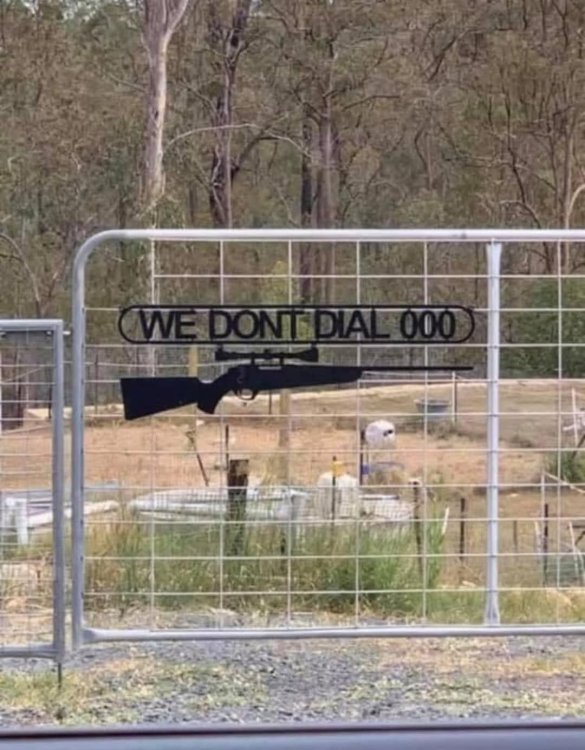-
Posts
10,989 -
Joined
-
Last visited
-
Days Won
86
Content Type
Profiles
Forums
Events
Everything posted by Buckshot Bear
-
Some interesting AI https://www.facebook.com/61575187842339/videos/2820823504785780/?rdid=mNdbKEgoYuw1ffDN#
-
Like me, relaxed muscle just waiting to go into action!
-

Gun Phases - Not sure what else to call it
Buckshot Bear replied to Pat Riot's topic in SASS Wire Saloon
Discipline cycles....but less now shooting Single Action & Wild Bunch (big regret not doing it earlier!). ISSF IPSC (revolver/auto) ICORE Service Pistol Military Service Rifle Black Powder Pistol (revolver fixed sight and adjustable sight and single shot, was ranked in the top 10 in Oz back in the '90's) Metallic Silhouette (big and smallbore pistol/rifle) Smallbore Rifle Long Range Rifle (got my school colours in the school shooting team) Long Range Black Powder Rifle Shotgun (tried them all, I'll stick with Cowboy clays now) and of course hunting -
I took out Wild Bunch yesterday.... Made for a happy Sunday night! Thankfully no young fellas turned up and my competitors where all old farts with ammo problems
-

Australia Exports Baseball Bats to America.
Buckshot Bear replied to Buckshot Bear's topic in SASS Wire Saloon
That's great that they don't come from China like most everything else. -
Jenorado and myself had the pleasure recently of being posse'd up for three days with Aussie World Champion Savage Sam and he's FAST, unbelievably FAST for us club level shooters !!!!! Here's a really old Aussie TV news article -
-

Australia Exports Baseball Bats to America.
Buckshot Bear replied to Buckshot Bear's topic in SASS Wire Saloon
I doubt it....like the U.S a lot of our manufacturing jobs have moved offshore. -
In Australia, using a firearm in self-defense is generally permitted, but it's not a free-for-all. The law requires that the use of force be reasonable and necessary to prevent imminent death or serious injury. Excessive force or using a firearm to protect property or against trespass, for example, could lead to criminal charges.
-
-
We believe the Mafia poisoned him. On This Day: 1932 – Racehorse Phar Lap is found dead. Phar Lap is a legend in the history of Australian horse racing. In 1930 he won the Melbourne Cup, ridden by jockey Jim Pike. During the difficult years of the Great Depression Phar Lap’s sensational rise captured the public’s imagination. Having won every major race in Australia his owners took him to America where he mysteriously died in 1932. He is still a public icon and his remains are on display in Melbourne, Canberra and Wellington in New Zealand.
-
-
Just to the right out of screen is Cat people, and then further to the right with the biggest % of all.....yes you guessed it horsey people
-
-
https://www.meatemporium.com.au/collections/snags
-
Are we going to all rue the day, that AI really started to kick off so easily for virtually anyone being able to create pretty reasonable AI footage & stills that can pass for the real thing? Where is this going to end?
-
Now if I was good at AI
-

Going To Be Stepping Back For A Spell
Buckshot Bear replied to Calamity Kris's topic in SASS Wire Saloon
All the very best to you Calamity Kris, hope things get better at work for you real soon OK. -
-
https://www.youtube.com/watch?v=yzIcec_bQss
-

Some kangaroos over a few days on our Front Door Ring Cam
Buckshot Bear replied to Buckshot Bear's topic in SASS Wire Saloon
Yep still gotta' mow, they do a good job......but as they are low paid, its a patchy job -
Congratulations to you both and a Happy Anniversary
-
-
-
-













